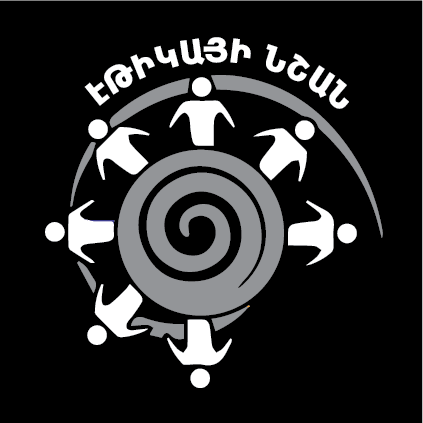On November 29, blogger Alexander Lapshin wrote a Facebook post on the bad ecological situation in Armenia, due to which, as he said, oncological and cardiovascular diseases are very common here.

The blogger’s entry was reposted by a number of Armenian news websites, including News.am, 168.am, Tert.am, and etc.
However, Lapshin introduced a few controversial figures in the Facebook post. The Fact Investigation Platform has tried to reveal whether these figures are true.
Yerevan among the top ten most polluted cities?
Lapshin claims that according to the World Bank rating, Yerevan appeared in the list of the top ten most polluted cities in the world in 2018 and 2019, along with cities such as Dhaka (Bangladesh), Kinshasa (Congo) and Jakarta (Indonesia).
According to the World Bank’s Pollution and City Competitiveness Report (p. 16), the top 20 most polluted cities in the world make up 2 cities in India and 18 cities in China.
According to the Aqincn.org website, which introduces the air quality index (AQI) of the most polluted cities, Yerevan is not included in the ranking of the 50 most polluted cities. These cities include Delhi (India), Sofia (Bulgaria), Lahore (Pakistan) and others.
However, in this ranking table, Armenia may move from a good indicator of pollution to a worse one in a single day. On the morning of December 3, Armenia ranked 85th, possibly due to the precipitations on the previous day.
In fact, Lapshin’s claim that Yerevan has been included in the list of top ten most polluted cities in 2018 and 2019 is not true.
Index of oncological diseases in Yerevan
Lapshin notes that “Yerevan has been included the list of the top 10 cities most at risk of oncological diseases, according to the World Health Organization (WHO).”
However, Fip.am did not find a ranking table that would present the most dangerous cities in terms of cancer mortality rates. The number of patients diagnosed with a malignant tumor in Armenia is 194.8 per 100,000 people, according to the World Health Organization rankings.
According to the blogger, “about 9,000 cancer diagnoses are registered in Armenia annually.”
According to the Health and Healthcare Statistical Yearbook of the Ministry of Health, the number of patients diagnosed with cancer for the first time in their lives and the number of patients with malignant tumors registered in oncology institutions (116 pages) was 6847 in 2018, 8389 in 2017, and 8376 in 2016. The statistics of the last two years are probably close to the data reported by the blogger.
Lapshin notes that “according to different sources, 20-30,000 cases of heart attack are registered in Armenia.” According to the above statistics (88 pages), the total number of registered patients with diseases of the circulatory system among the Armenian population is 257,703, of which stroke and heart attack – 2228, acute myocardial infarction – 1937, double myocardial infarction – 448, cerebral infarction – 2541, blockage and narrowing of pre/cerebral arteries (not causing cerebral infarction) – 5987. Taken together, these figures make up 13,141 cases.
Alexander Lapshin notes that “at least 3,000 Armenians die of cancer every year.” This figure is also incorrect, as according to the “Demographic Database of Armenia” published by the Statistical Committee (page 39), that number is much higher. 5199 people died in 2018 from malignant tumors in Armenia, and 5550 in 2017.
The blog post mentions that there is no waste recycling plant in Yerevan (and in Armenia in general). However, there are dozens of large and small plastic recycling companies in Armenia.
Following his presentation of the figures, the blogger made an inaccurate calculation and noted that “it turns out that Armenia loses 3-5 thousand citizens every year, mainly due to bad ecology, the total number of which has been 80 thousand during the last 28 years.”
In the end, Lapshin concluded that “this is ten times more than the republic lost in the 1992-1994 Karabakh War.”
It should be noted that according to the website of the Museum of the Artsakh War Victims in Stepanakert (Museum of the NKR war veterans, http://www.kniga.am/www.kniga.am) about 6500 people were killed in the Artsakh war in 1991-1994.
Thus, we can say that blogger Alexander Lapshin has presented data that is largely wrong. Only some of the data are close to reality.
Nelli Lazaryan
[easy-social-share buttons="facebook,twitter,vk,telegram" counters=1 style="icon" point_type="simple"]
 FACTOMETER
FACTOMETER









